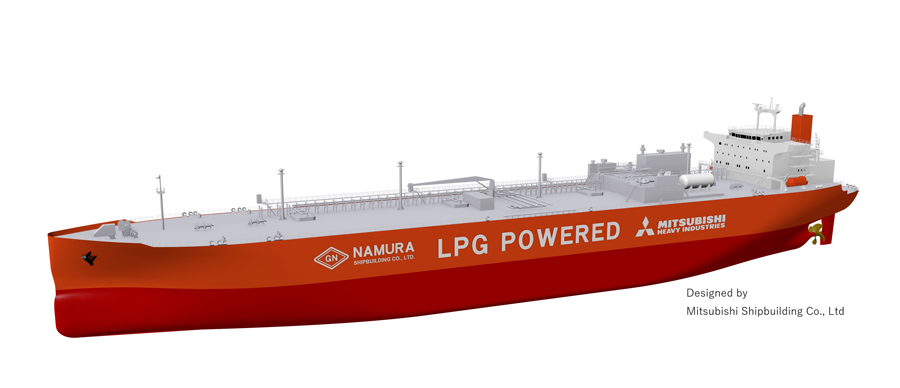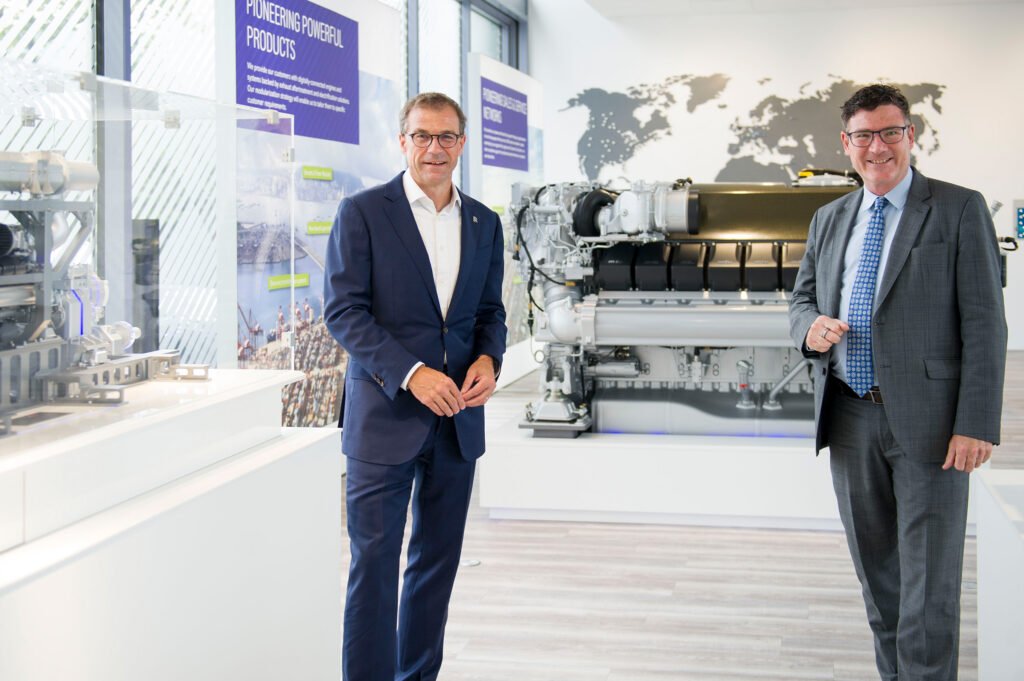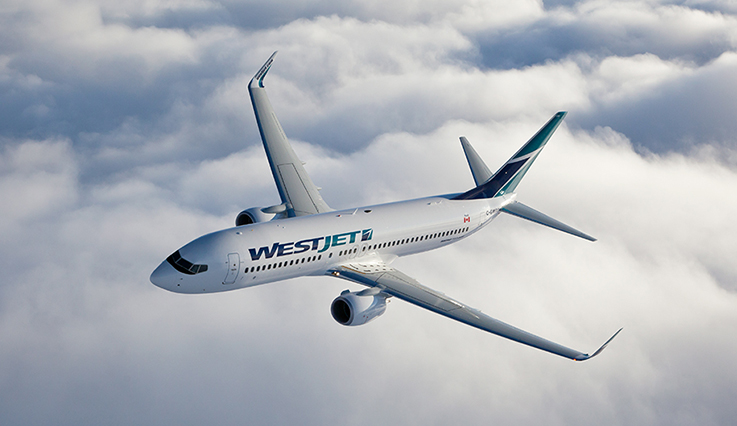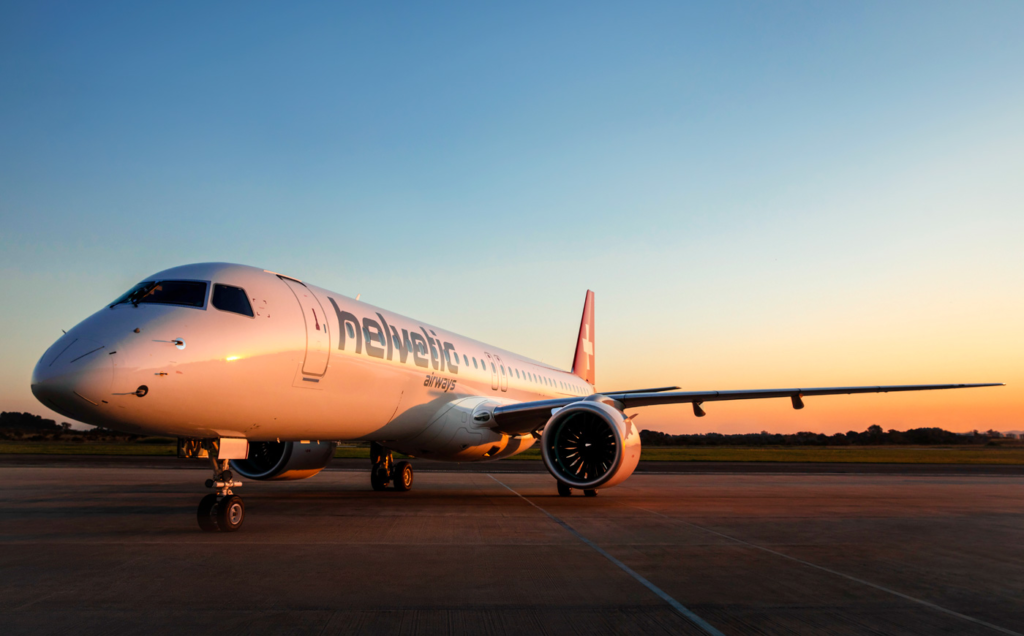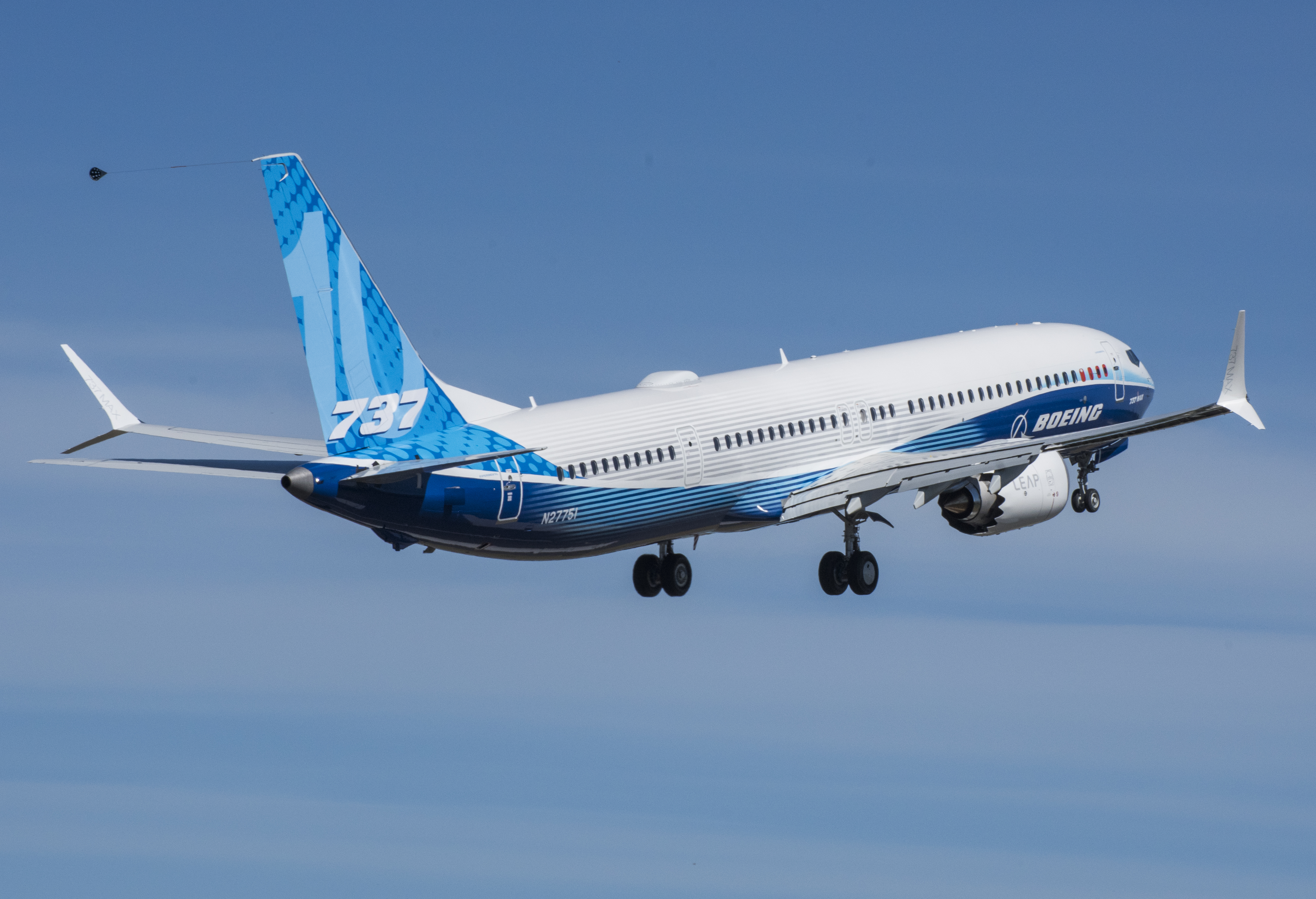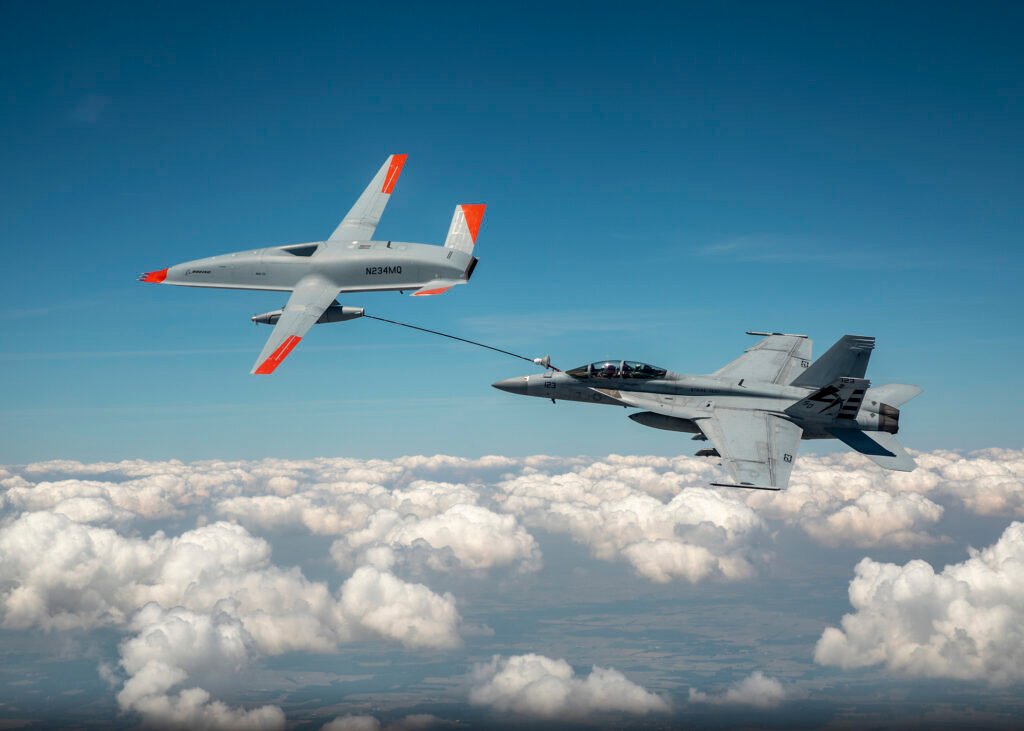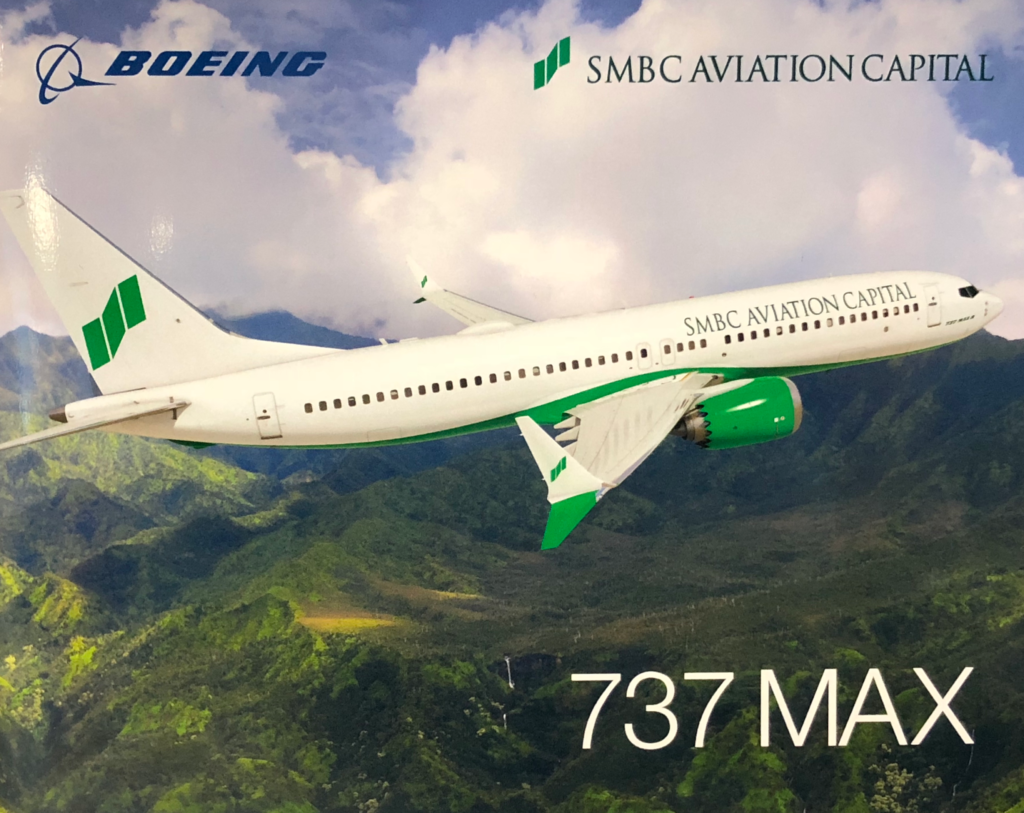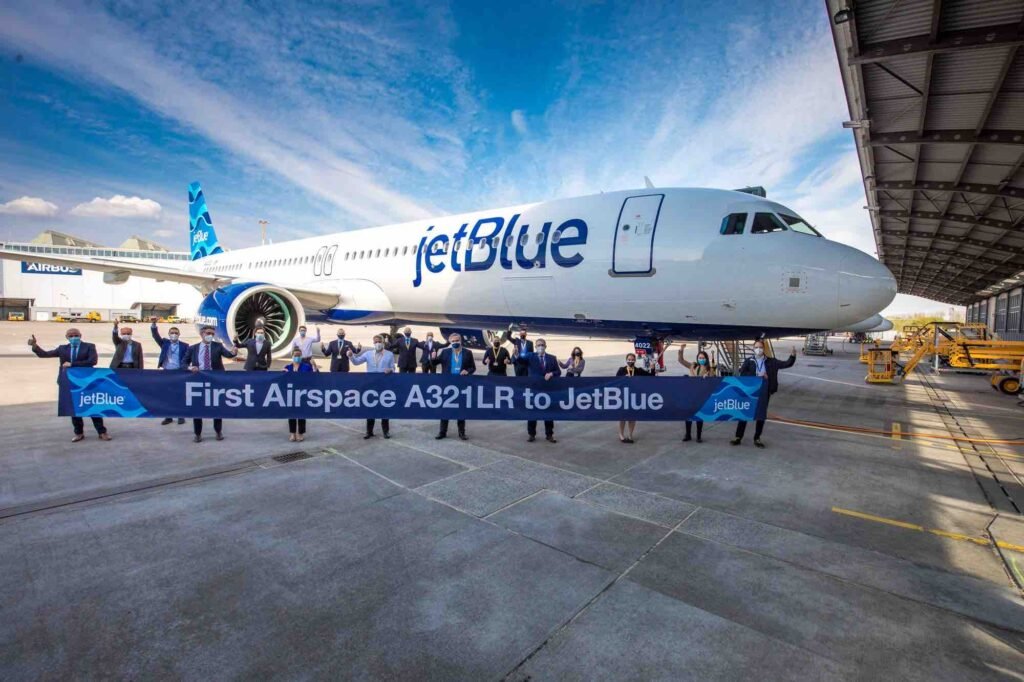Mitsubishi and Namura Shipbuilding Conclude Technical Cooperation Agreement
Tokyo, Japan, August 6th, 2021 – Mitsubishi Shipbuilding Co., Ltd., a part of Mitsubishi Heavy Industries (MHI) Group, has concluded a technical cooperation agreement with Namura Shipbuilding Co., Ltd. relating to LPG (Liquefied Petroleum Gas)…
